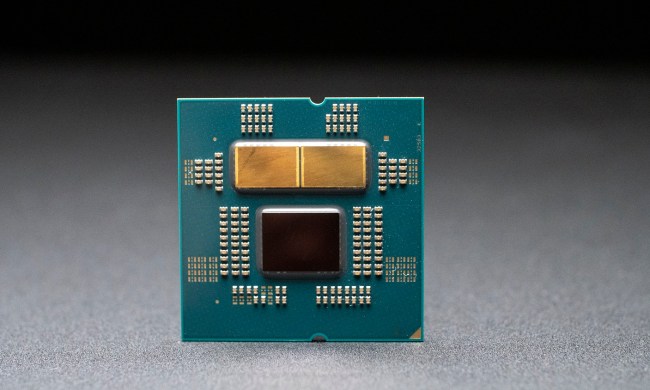Artists Nora Al-Badri and Jan Nikolai Nelles released a 3D model based on the bust of Nefertiti to the Internet, alongside a video of them purportedly using a repurposed Kinect scanner to carry out their plan. The pair were attempting to liberate the sculpture, which was removed from Egypt in the early 20th century by a German team of archaeologists, according to a report from Ars Technica.
Given that the bust is an important cultural artifact, Al-Badri and Nelles felt that the people of Egypt had a right to a high-quality reproduction, at the very least. They exhibited a 3D print of the bust publicly in Cairo, and released the associated data file to the Internet.
With said file freely available, several experts from around the world began to pore over the 3D model — and their findings seem to suggest that the scan might not have been carried out in the way Al-Badri and Nelles are claiming that it was.
For one thing, the scan is made up of about four times the number of triangles than would typically be recorded using the Kinect sensor. Furthermore, Cosmo Wenman, an artist familiar with these scanning techniques, has noted that the file is unusually similar to the official scan carried out by the Neues Museum.
Al-Badri was grilled on the topic by Hyperallergic, and asserted that the scan was actually produced by a group of “hackers.” According to the artist, while she and Nelles legitimately scanned the bust and sent the data to their contacts, there’s no way of discerning whether their contacts used that information or simply stole the scan through other means.
The going theory is that the hackers instead breached the museum’s private servers and pinched a copy of its professional-grade scan. Whether it was the intention of the artists or not, this project has done a great deal to publicize the fact that museums and galleries often are in possession of high quality scans of the work they’re exhibiting — and that raises questions about whether those files should be more accessible to the public.


